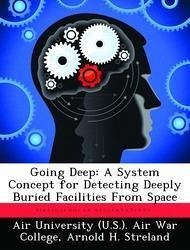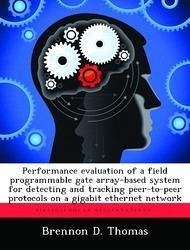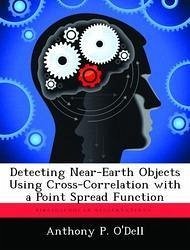
Going Deep: A System Concept for Detecting Deeply Buried Facilities from Space
Versandkostenfrei!
Versandfertig in über 4 Wochen
52,99 €
inkl. MwSt.

PAYBACK Punkte
26 °P sammeln!
Finding deeply buried facilities stands out as one of the toughest technical challenges in the Air Force's efforts to find, fix, target, track, engage and assess targets of interest anywhere on earth. Nations have located potential high-value, high-interest targets such as weapons of mass destruction (WMD), WMD manufacturing plants and storage areas, missile garrisons, fuel storage areas and command and control nodes underground. This paper will focus on the development and application of gravity field sensors for deeply buried target detection. It will begin with an explanation of what deeply...
Finding deeply buried facilities stands out as one of the toughest technical challenges in the Air Force's efforts to find, fix, target, track, engage and assess targets of interest anywhere on earth. Nations have located potential high-value, high-interest targets such as weapons of mass destruction (WMD), WMD manufacturing plants and storage areas, missile garrisons, fuel storage areas and command and control nodes underground. This paper will focus on the development and application of gravity field sensors for deeply buried target detection. It will begin with an explanation of what deeply buried facilities are and how their construction and use has evolved over the years. Next, the discussion will look at the weapons available today to counter deeply buried facilities and the intelligence information needed to make these weapons effective. The information needed to properly target these weapons will directly influence the capability of the sensors needed to detect and characterize deeply buried facilities. The focus of the paper will then shift to intelligence sources, starting with the intelligence capabilities available today and the ability of a potential enemy to counter those intelligence assets, then shift to exploring intelligence sources not in use today and their potential application in the hunt for deeply buried facilities. Finally, this paper will investigate gravity measurement technology to address the problem of deeply buried facility detection and characterization. The examination will include the history of gravity measurement technology, current uses for geology and earth science, ongoing laboratory developments and the applicability of this technology to the search of deeply buried targets. The discussion will conclude with desired system capabilities and potential system concepts.














